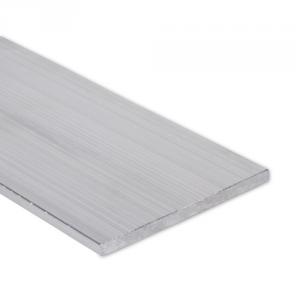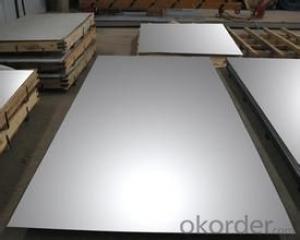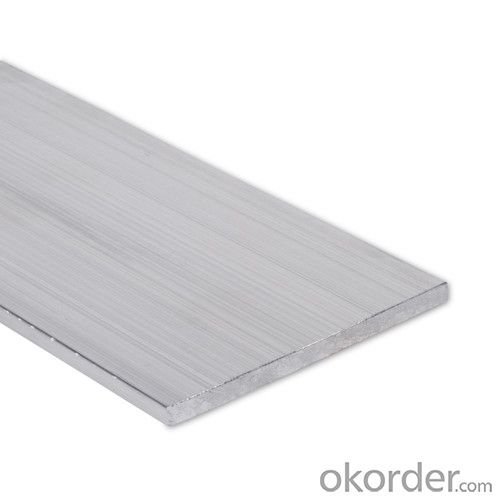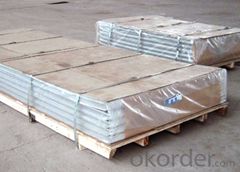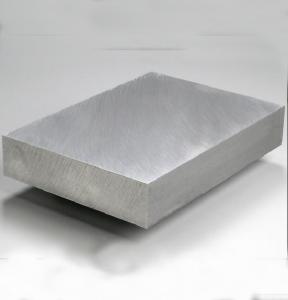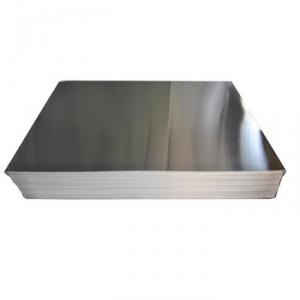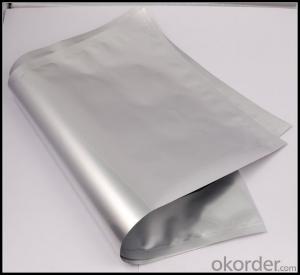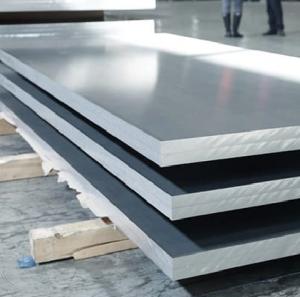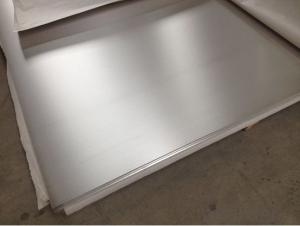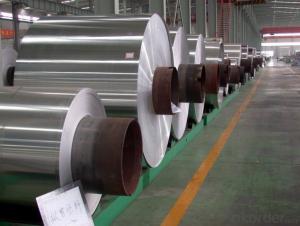aluminium thick plates 7075/2024/6061/5052
- Loading Port:
- Shanghai
- Payment Terms:
- TT or LC
- Min Order Qty:
- 5 m.t.
- Supply Capability:
- 5000 m.t./month
OKorder Service Pledge
OKorder Financial Service
You Might Also Like
Application:
Mainly used insigns, billboards, building exterior decoration, bus body, high-rise buildings and factories wall decoration, kitchen
sink, lamp, fan leaves, with pieces of electronic, chemical equipment, sheet metal processing parts, deep drawing or spinning
hollowware, welding parts, heat exchangers, bell surface and disk, plate, kitchenware, decorations, reflective devices, ect.
Size of container:
20ft GP:5898mm(length) x 2352mm(width) x2393mm(high),about 24CBM,23MTS
40ft GP:12032mm(length) x 2352mm(width) x 2393mm(high),about 54CBM,27MTS
40ft HG:12032mm(length) x 2352mm(width) x 2698mm(high),about 68CBM,27MTS
FAQ:
1. What is the form of payment?--Normally 30% TT, L/C
2. Type of quotation?---FOB, CFR, CIF
3. Port of loading?---Shanghai port,Tianjin Port, Qingdao Port ect
4. Delivery time?---30 -50 days after client’s deposit
- Q: Can 101 aluminum sheets be used in HVAC systems?
- Yes, 101 aluminum sheets can be used in HVAC systems. Aluminum is commonly used in HVAC systems due to its excellent thermal conductivity, corrosion resistance, and lightweight properties. The 101 aluminum alloy is a commonly used grade that provides good strength and ductility, making it suitable for HVAC applications. It is often used for fabricating ducts, air handlers, heat exchangers, and other components in HVAC systems. Additionally, aluminum sheets are easy to work with and can be easily formed and shaped according to the specific requirements of the HVAC system.
- Q: Is it possible to use aluminum sheets as a material for interior wall decoration?
- <p>Yes, aluminum sheets can be used for interior wall cladding. They are lightweight, durable, and resistant to corrosion, making them suitable for various interior applications. Aluminum sheets are also easy to install and maintain, and they can be painted or finished in various ways to match different design styles. However, it's important to ensure proper installation and adherence to local building codes and regulations.</p>
- Q: What are the different methods of surface protection for aluminum sheets?
- There are several different methods of surface protection for aluminum sheets. One common method is anodizing, which involves creating a protective oxide layer on the surface of the aluminum. This process involves immersing the sheets in an electrolyte solution and passing an electric current through them. The result is a thick, durable, and corrosion-resistant layer that can be further enhanced with various dyes and sealants. Another method is powder coating, where a dry powder is applied to the aluminum sheets and then cured under heat. This creates a hard and resistant coating that provides excellent protection against scratches, chemicals, and weathering. Powder coating is available in a wide range of colors and finishes, making it a popular choice for decorative purposes. Chemical conversion coating is another option, which involves treating the aluminum sheets with a chemical solution to convert the surface into a protective layer. This coating improves corrosion resistance and also provides a good base for paint or other coatings. Painting is also commonly used to protect aluminum sheets. Various types of paints can be applied to the surface, including epoxy, acrylic, and polyurethane-based coatings. These paints not only provide protection against corrosion and environmental factors but also offer aesthetic customization options. Lastly, laminating is a method where a protective film is applied to the surface of the aluminum sheets. These films can be made from various materials such as PVC, polyester, or polyethylene. Laminating provides an additional layer of protection against scratches, abrasion, and UV radiation. Each method of surface protection for aluminum sheets has its own advantages and considerations, depending on the specific requirements of the application. It is important to carefully assess the desired level of protection, aesthetic preferences, and budget constraints before selecting the most suitable method.
- Q: What are the methods used to treat the surface of aluminum sheets to improve their properties or appearance?
- <p>Surface treatment of aluminum sheets involves various processes to enhance their properties or appearance. These include anodizing, which creates a protective oxide layer; painting, which provides a decorative and protective coating; powder coating, a durable and corrosion-resistant method; polishing, which gives a shiny finish; and etching, which creates decorative patterns. Other treatments include chemical conversion coatings, such as chromate and phosphate, for corrosion resistance, and thermal spraying for wear resistance. Each method serves a specific purpose, from improving durability to aesthetic enhancement.</p>
- Q: Can aluminum sheets be used for roofing?
- Yes, aluminum sheets can be used for roofing. Aluminum is a popular roofing material due to its durability, lightweight nature, and resistance to corrosion. It is commonly used in residential and commercial roofing applications.
- Q: How does the surface roughness of aluminum sheet affect its performance?
- The surface roughness of an aluminum sheet can significantly impact its performance. A smoother surface allows for better adhesion of coatings, paints, and adhesives, resulting in improved corrosion resistance and durability. It also facilitates easier cleaning and maintenance. On the other hand, a rougher surface may enhance friction and reduce the sheet's ability to slide or glide smoothly. Additionally, surface roughness can affect the sheet's appearance, reflectivity, and overall aesthetic appeal.
- Q: Aluminum does not react with oxygen.Aluminum is a very unreactive metal.Aluminum forms a tough protective coating with oxygen.Aluminum tarnishes instead of corroding.If you could explain why it would be helpful!
- Aluminum forms a tough protective coating with oxygen. The coating of aluminum oxide is not porous enough to let further oxygen through it, so the aluminum underneath is protected from further corrosion.
- Q: This question asks for a list of various types of fasteners that can be used to secure aluminum windows to their frames.
- <p>There are several types of fasteners used for attaching aluminum windows to frames, including: 1. Screws: Commonly used for their secure hold and ease of installation. 2. Nails: Quick to use but may not provide the same level of security as screws. 3. Adhesives: Can be used for a more permanent bond, especially in certain applications. 4. Clips and brackets: Used for a more visible, decorative attachment. 5. Rivets: Provide a strong, permanent connection but are not easily removable. 6. Dowels and pins: Used for a more traditional or decorative join. 7. Structural glazing systems: Employ silicone or other sealants to bond the window to the frame. Each type of fastener has its own advantages and is chosen based on the specific requirements of the project, such as load-bearing needs, aesthetic considerations, and the desired level of permanence.</p>
- Q: I put the aluminum in copper chloride for an experiment and i was wondering if they had different properites.
- Aluminium is and element. An oxide is the result of a substance reacting with oxygen. The properties are completely different for elements and oxides.
- Q: What is the color range available for aluminum sheets?
- The color range available for aluminum sheets is vast and diverse, including options like silver, white, black, gold, bronze, copper, blue, red, green, and many more.
Send your message to us
aluminium thick plates 7075/2024/6061/5052
- Loading Port:
- Shanghai
- Payment Terms:
- TT or LC
- Min Order Qty:
- 5 m.t.
- Supply Capability:
- 5000 m.t./month
OKorder Service Pledge
OKorder Financial Service
Similar products
Hot products
Hot Searches
Related keywords
